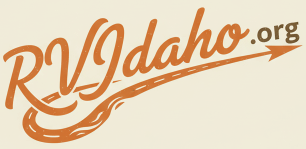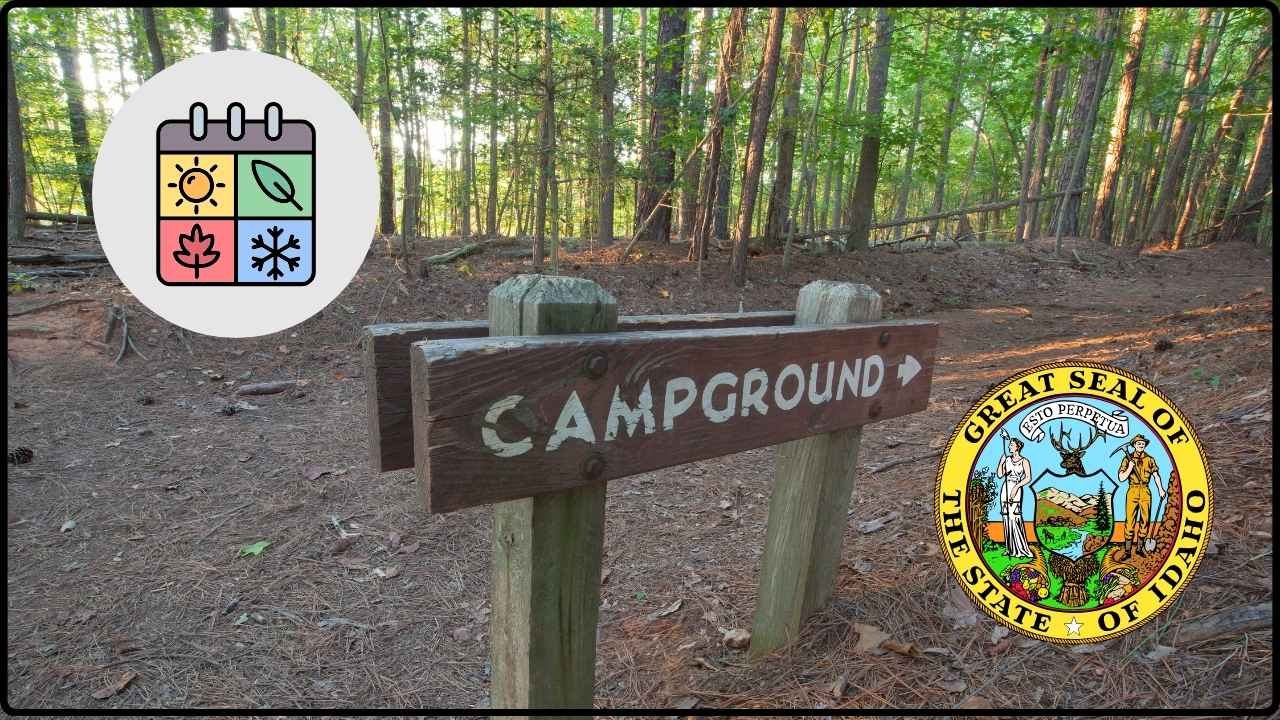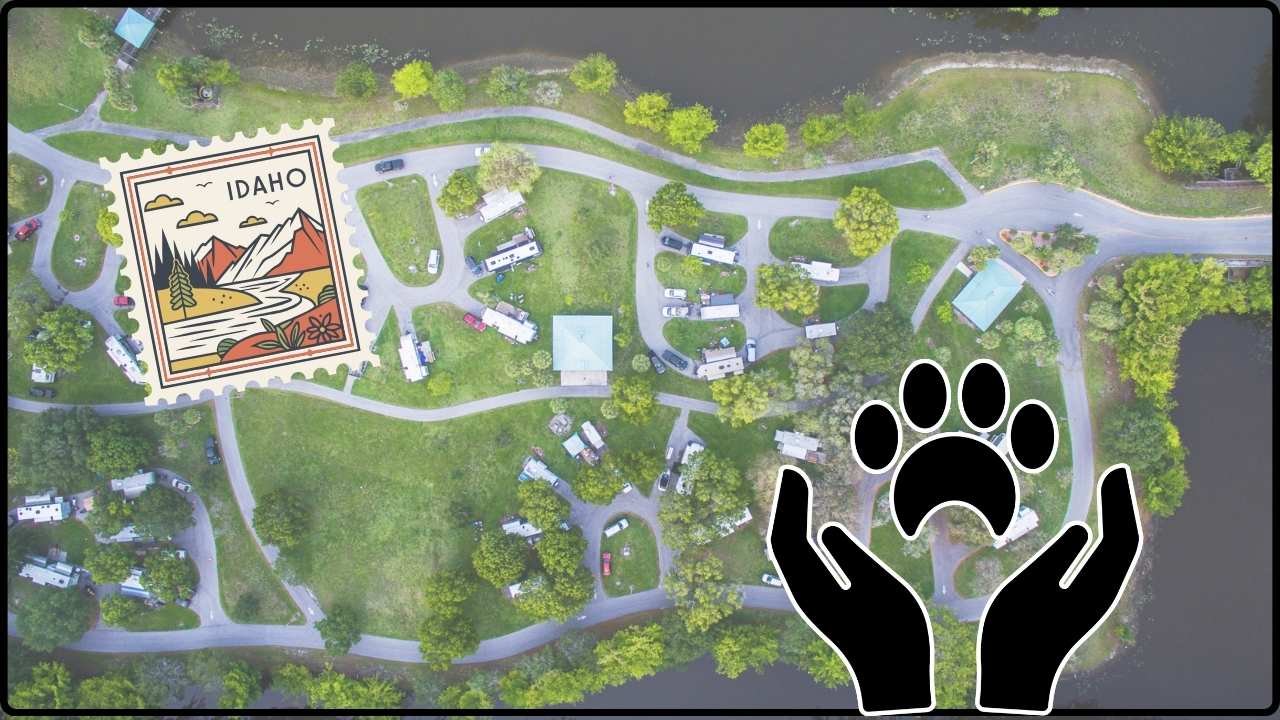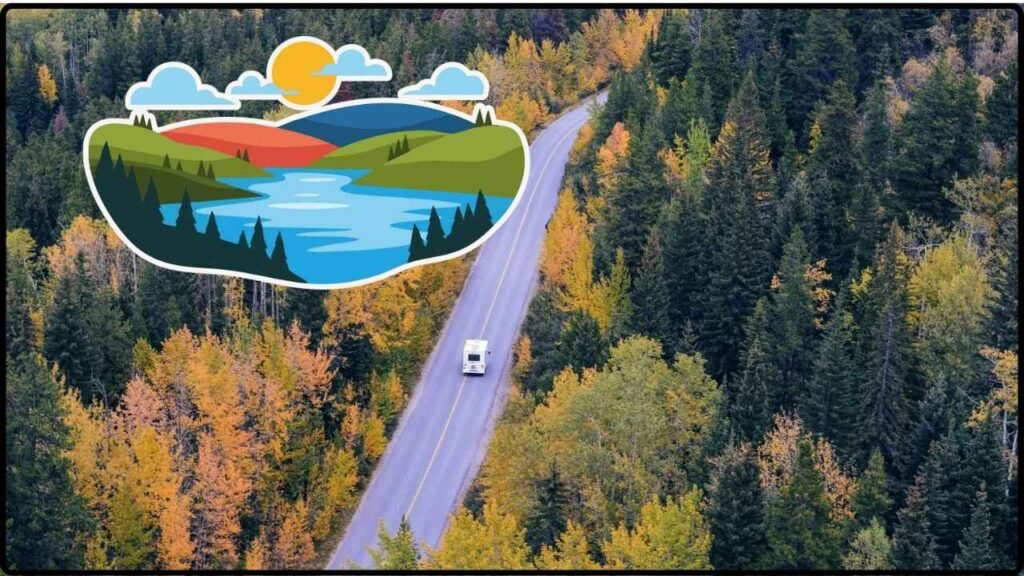
The Perfect RV Itinerary: If you’re looking for a road trip that combines stunning nature, rich history, and thrilling adventure, then the Salmon River Scenic Byway in Idaho is where you need to be. This 161-mile stretch follows the legendary Salmon River, also known as the “River of No Return,” from the Montana border near Lost Trail Pass to the mountain town of Stanley. Whether you’re cruising in a big rig RV or a cozy camper van, this route serves up some of the best landscapes, outdoor activities, and cultural experiences in the American West.
The Perfect RV Itinerary
The Salmon River Scenic Byway offers an unforgettable blend of wild landscapes, cultural heritage, and adrenaline-packed activities perfect for RV explorers. From whitewater rapids to hiking trails, historic mining towns to sacred Native American sites, this iconic route in Idaho truly defines the spirit of American adventure. Whether you’re a seasoned outdoor pro or traveling with family, this scenic byway is sure to leave you with stories and memories that’ll last a lifetime.
| Feature | Details |
|---|---|
| Length | 161.7 miles |
| Best Travel Time | Late spring to early fall (May to September) |
| Top Activities | Whitewater rafting, fly fishing, hiking, wildlife viewing, ghost town exploration |
| RV Camping Spots | Andreas on the River (Salmon), Wagonhammer RV Park (North Fork), Round Valley (Challis) |
| Scenic Markers | Lost Trail Pass, Bayhorse Ghost Town, Sawtooth Mountains, Frank Church Wilderness |
| Wildlife | Elk, deer, bald and golden eagles, steelhead trout, bighorn sheep |
| Cultural Sites | Sacajawea Interpretive Center, Native American rock art, Lemhi-Shoshone artifacts |
| Official Info & Planning | Visit Idaho Official Website |
The Perfect RV Itinerary: Why Travel the Salmon River Scenic Byway?
The Salmon River is an icon of wild America. Its course has remained largely unchanged since the days of early explorers like Lewis and Clark. The Scenic Byway offers everything from whitewater rafting and fly fishing to historic ghost towns and ancient Native American sites. Plus, the route passes through dense forests, towering mountains, and valleys teeming with wildlife.
This byway is officially recognized as a State Scenic Byway and a National Wild and Scenic River corridor. It’s one of the rare routes where the road itself feels like part of the adventure. For RV travelers, it’s a dream with plenty of campgrounds, small towns with supplies, and plenty of room to park and explore.
Planning Your Perfect RV Itinerary: Step-by-Step Guide
Step 1: Pick Your Route & Timing
The trip typically starts at Lost Trail Pass, near the Idaho-Montana border, at almost 7,000 feet elevation. You can travel south on U.S. Route 93 through Challis and Salmon, then west on Idaho Highway 75 to Stanley. Many prefer starting in Stanley and heading north, as it offers easier downhill driving experiences. The road twists and climbs through narrow sections, so take your time to ensure safety.
The best time to visit is between May and September, when roads are clear, campgrounds open, and most activities are available. Weekends in summer get busy, so reserving your camping spots early is a smart move.
Step 2: Gear Up for the Journey
Weather up here can be unpredictable — warm days and chilly nights. Essential packing includes:
- Layered clothing for varying temperatures
- Sun protection (hat, sunscreen)
- Fishing and rafting gear if you plan to bring your own
- Detailed maps or GPS because cellular reception can be patchy
- Plenty of water and snacks for more remote stretches
Step 3: Best RV-Friendly Campgrounds Along the Way
- Andreas on the River RV Park (Salmon): Full hookups, pet-friendly, and right on the riverbank with town access.
- Wagonhammer RV Park & Campground (North Fork): Spacious pull-throughs near the river with big rig accommodations.
- Round Valley RV Park (Challis): Convenient location near hot springs and historical mines.
- Additional options include Fort Lemhi and Elk Bend RV Parks in Salmon, offering essential amenities for extended stays.
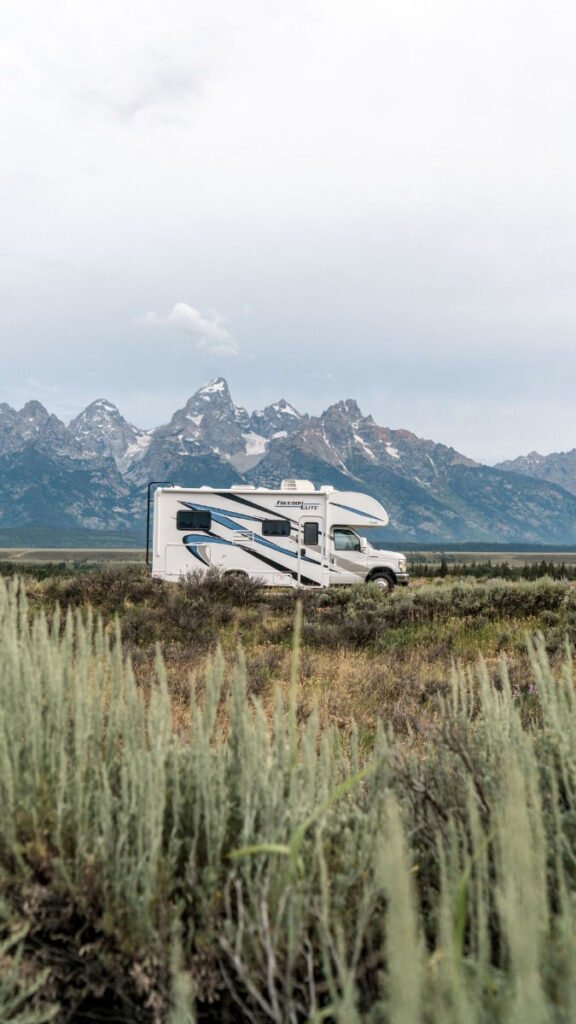
Step 4: Must-Do Activities & Attractions
Whitewater Rafting & Kayaking
The Salmon River is nationally renowned for its Class II to IV rapids. Guided rafting trips from seasoned outfitters cater to all skill levels. Trips near Challis and Stanley provide thrilling rides amidst stunning scenery.
Fly Fishing
The river is a fisherman’s paradise, especially for steelhead trout and salmon. You will need an Idaho fishing license, which can be purchased online or locally. Beginners can book guided trips for a smoother experience.
Hiking & Wildlife Watching
Trails dot the Sawtooth Mountains and surrounding forest, some leading to pristine alpine lakes and ancient rock art created by Native American ancestors. Wildlife lovers can look for elk, deer, bald eagles, bighorn sheep, and even wild horses in less trafficked areas.
Hot Springs
Relax in the local hot springs, with Sunbeam Hot Springs near Challis being a top pick known for its rustic pools right on the river’s edge. Another hidden gem is Snake Pit Hot Springs near Stanley, offering solitude and spectacular mountain views.
Step 5: Explore History & Culture
The Salmon River Valley is thick with history. The area was home to the Lemhi-Shoshone people, whose culture revolved around the salmon, an essential food and spiritual symbol. Sites along the route display Native American pictographs and artifacts.
You can visit the Sacajawea Interpretive, Cultural and Educational Center in Salmon, honoring the Native American guide to the Lewis and Clark expedition, born in the valley. The region also features ghost towns like Bayhorse, relics of the gold rush mining era from the late 1800s.
The Land of the Yankee Fork State Park near Challis offers a window into Idaho’s mining past through a visitor center, museum, and interactive tours.
Step 6: Conservation & Respecting Nature
The Salmon River is part of the Frank Church-River of No Return Wilderness, one of the largest continuous wilderness areas in the continental U.S. Conservation efforts focus on protecting salmon habitats, wildlife corridors, and fragile wilderness lands. Visitors are encouraged to leave no trace, respect wildlife habitats, and stay on marked trails.
Efforts by federal agencies and non-profits help protect this landscape from off-road vehicle damage, pollution, and overfishing to ensure future generations can enjoy the same wild beauty.
Step 7: Driving & Safety Tips for RVers
- Roads can be narrow and winding with elevation changes. Use lower gears going uphill and downhill.
- Watch for wildlife crossing the roads, particularly near dawn and dusk.
- Use designated pullouts for photo stops or breaks.
- Services including fuel and groceries are mostly in Salmon, Challis, and Stanley, so plan refueling accordingly.
- Check brakes and tire conditions thoroughly before the trip.
Idaho BLM Camping Rules Explained: The 14-Day Stay Limit and More
Boondocking in Idaho 101: The Ultimate Guide to Free Camping

